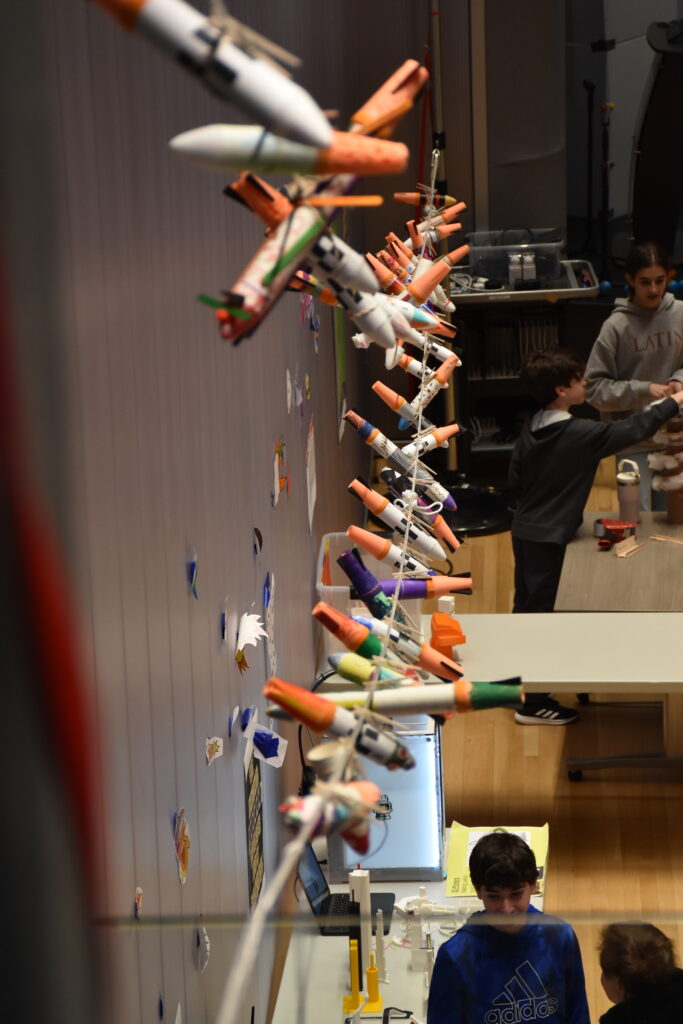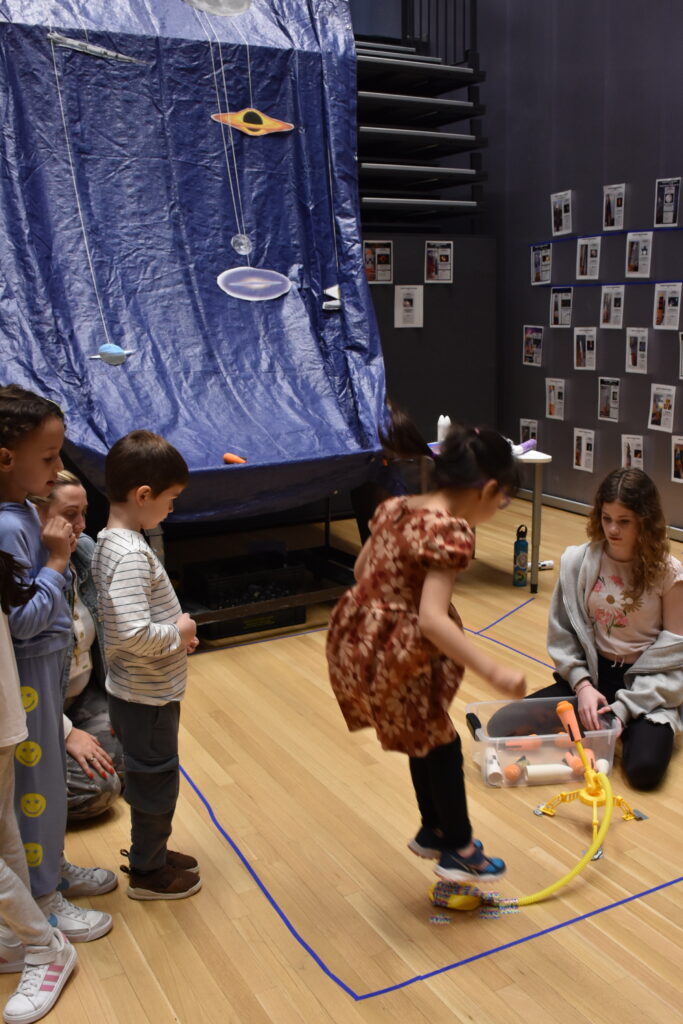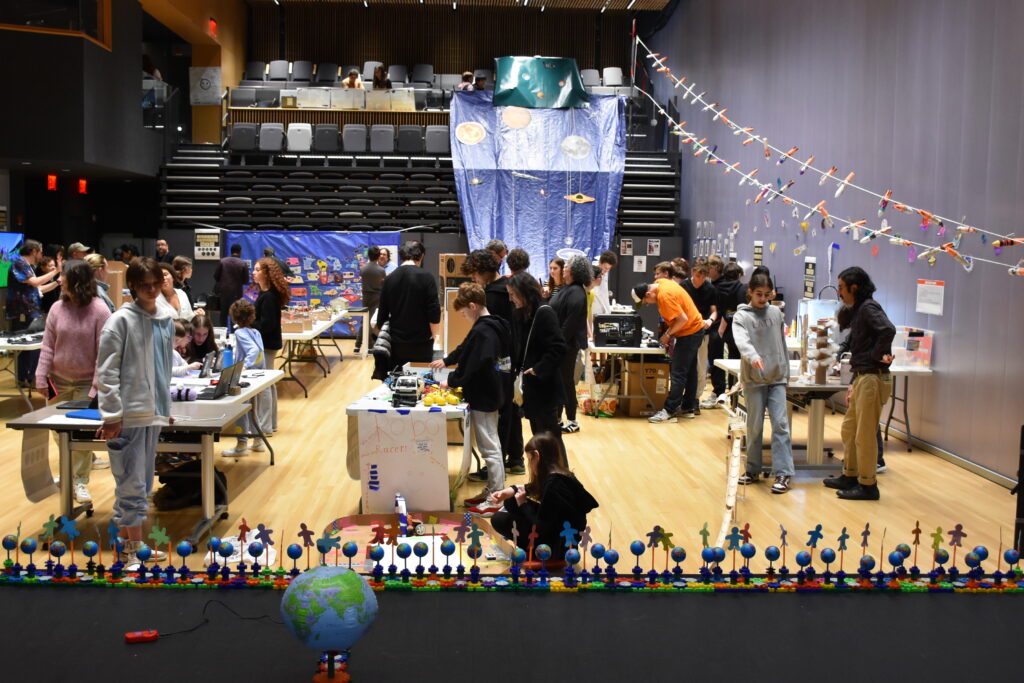April 18 marked the grand opening of this year’s SMART Faire, an event facilitated by the Technology Department to showcase the innovative projects that students have been working on throughout the year. These projects integrate lessons across a variety of subjects including math, social studies, science, and technology. Students learn to establish goals, creatively solve problems, complete projects on time, and share their accomplishments with their community.
Projects featured at the SMART Faire include rockets, a car simulator, a photobooth, various robots, and even a replica of NASA’s Project Gemini. During our visit to the Yvette Siegel-Herzog Performing Arts Center, many Blue Cluster students were there to proudly present their projects to their friends and students in other clusters. They were also preparing their speeches in anticipation for the next day, when parents would be visiting the Faire during Relatives and Special Friends Day.
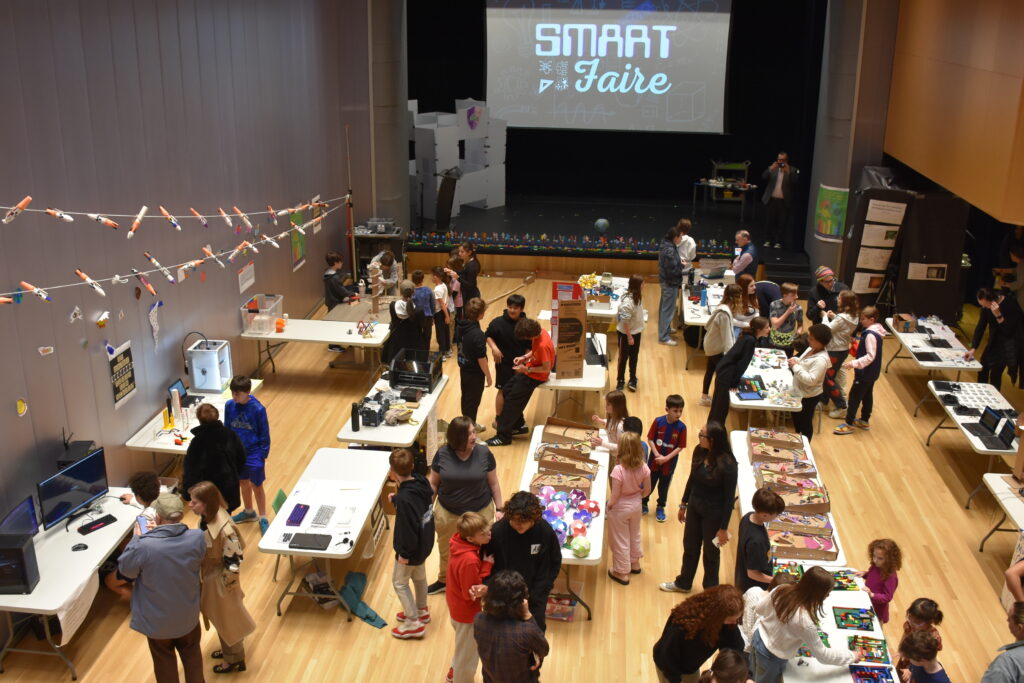
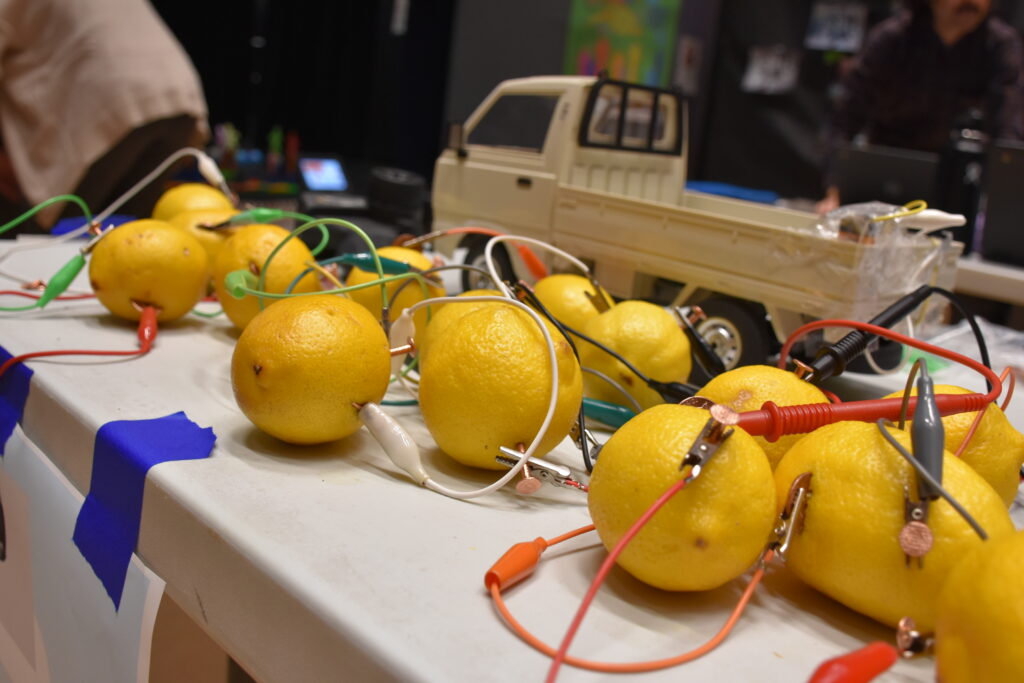
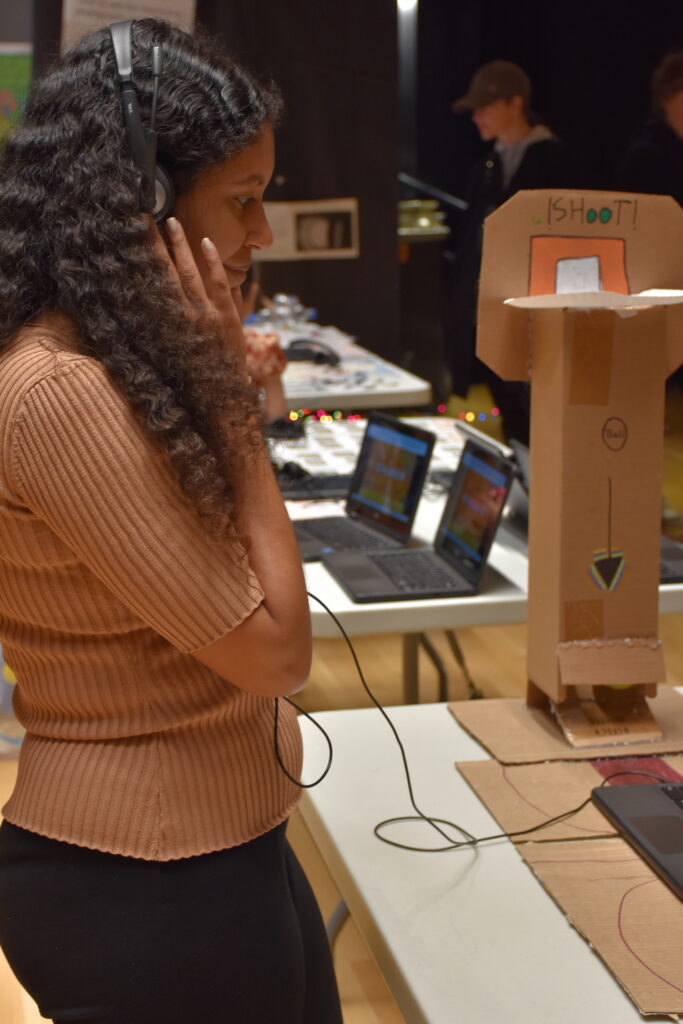
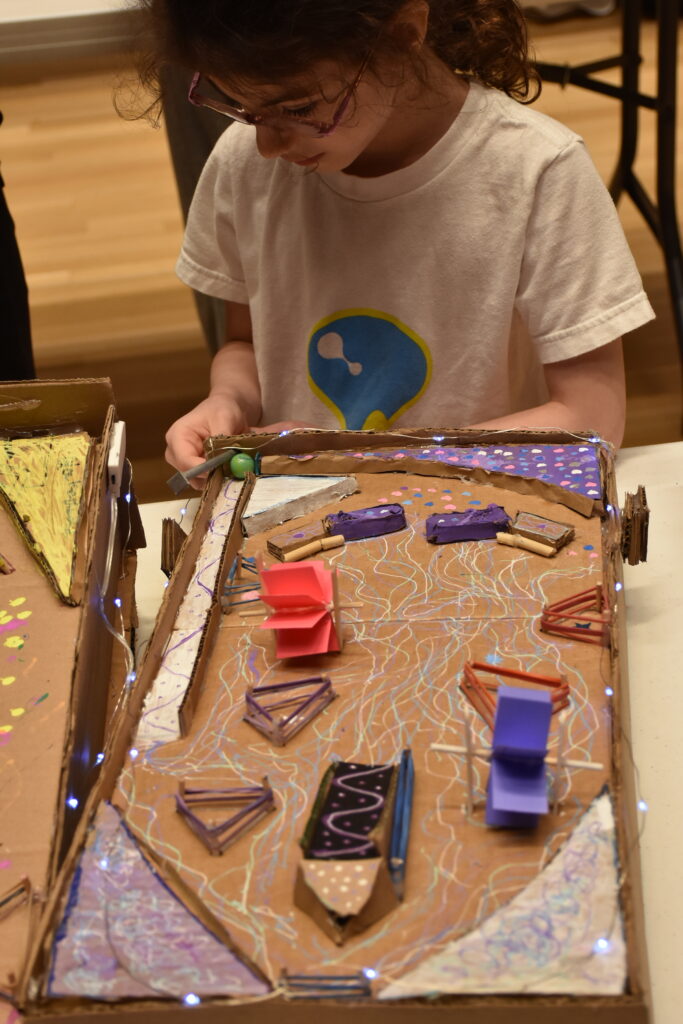
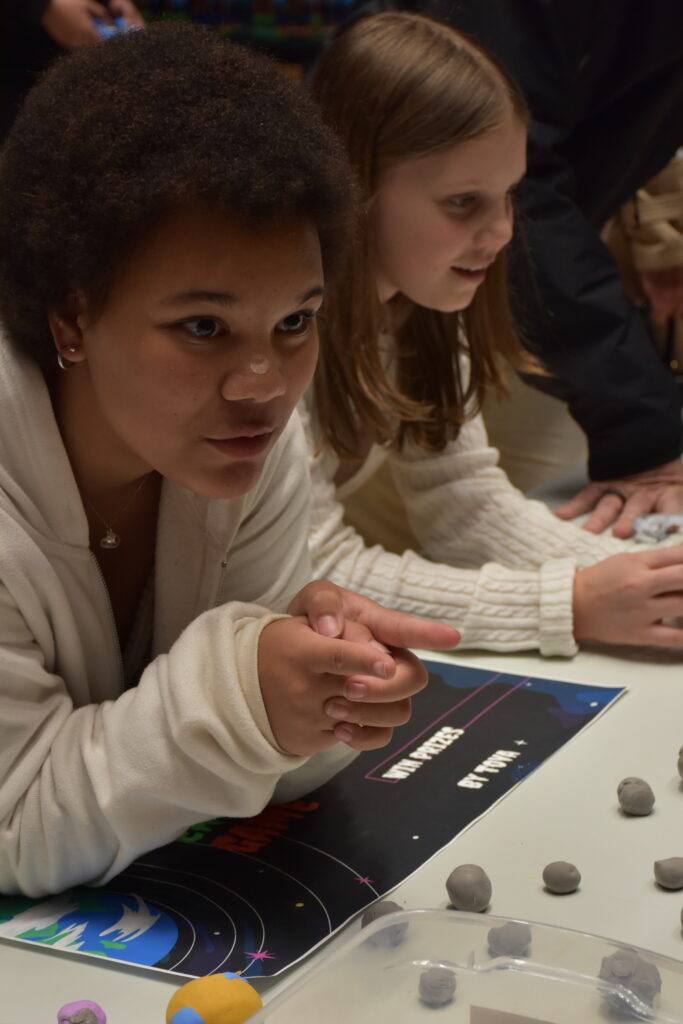
We spoke to Technology Integrator Brian Russ about the pinball machines his STEAM Fine Arts class made. Made of cardboard, rubber bands, and wooden dowels, the students’ pinball machines took three months of trial and error to work just as an electric pinball machine would.
To start their projects, students researched how a pinball machine works—what propels the ball up to the surface of the machine, and how the levers inside operate to keep the ball from falling to the bottom. With two students on each machine, they replaced the mechanical levers with ones powered by rubber bands, which needed to be wrapped tightly around the many wooden dowels on the underside of the machine. The amount of tension on the rubber bands was important, as they had to be tight enough for the mechanism to work, but not so tight that they completely locked the dowels in place.
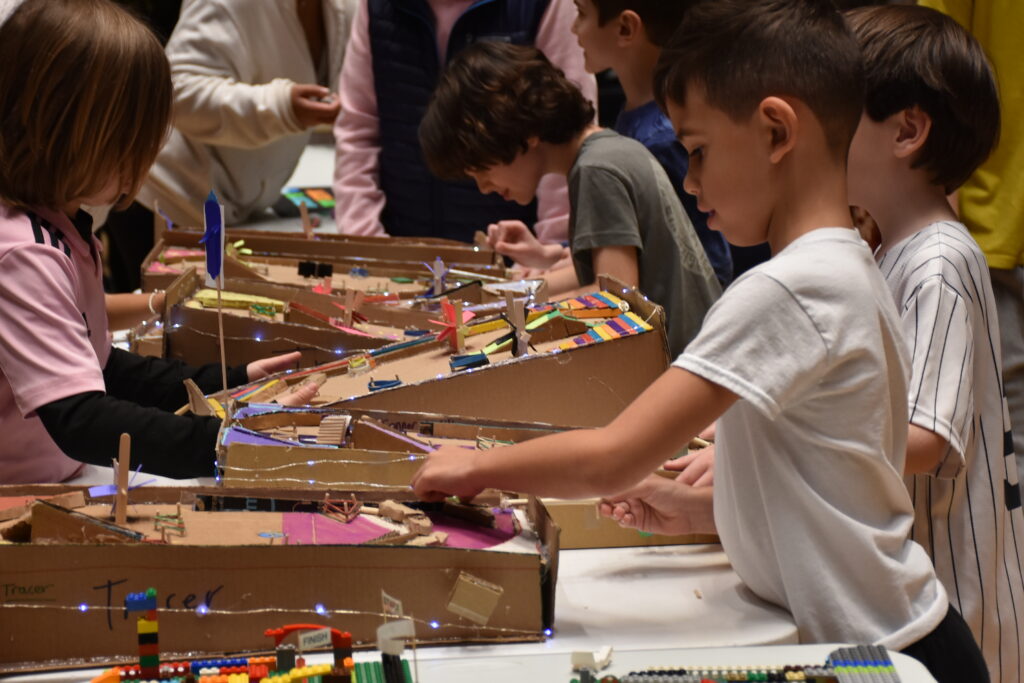
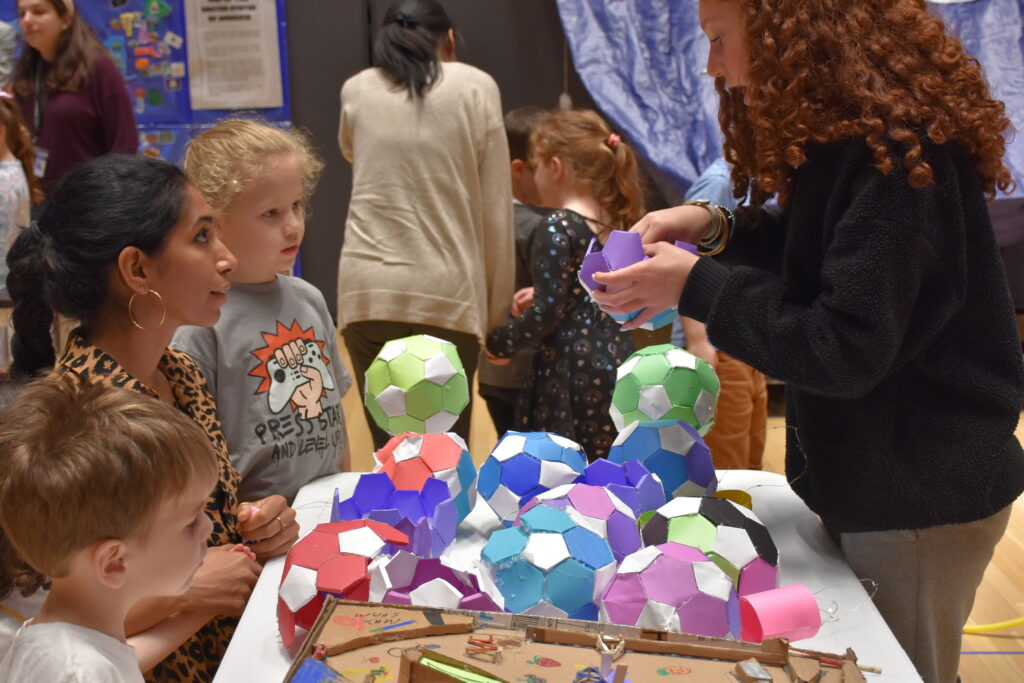
Mr. Russ said there was a lot of trial and error during the project, and that the most difficult part after measuring everything was troubleshooting when the students ran into problems. Mr. Russ said, “I told the students, ‘I’ll help you with the format and how to build it, but when it comes to tweaking it and making it work really well that has to be up to you, and you gotta just keep testing and keep trying,’ so it was a very student-led project.”
Many of the groups had the same basic design, which included two levers at the very bottom and some triangular-shaped obstacles scattered around the surface, with a ramp towards the very back. But they differed in the angle of the ramp, and how the obstacles were placed. Each group also went for a different visual theme, including an octopus, an alien abduction, or patterns such as rainbow stripes or dots.
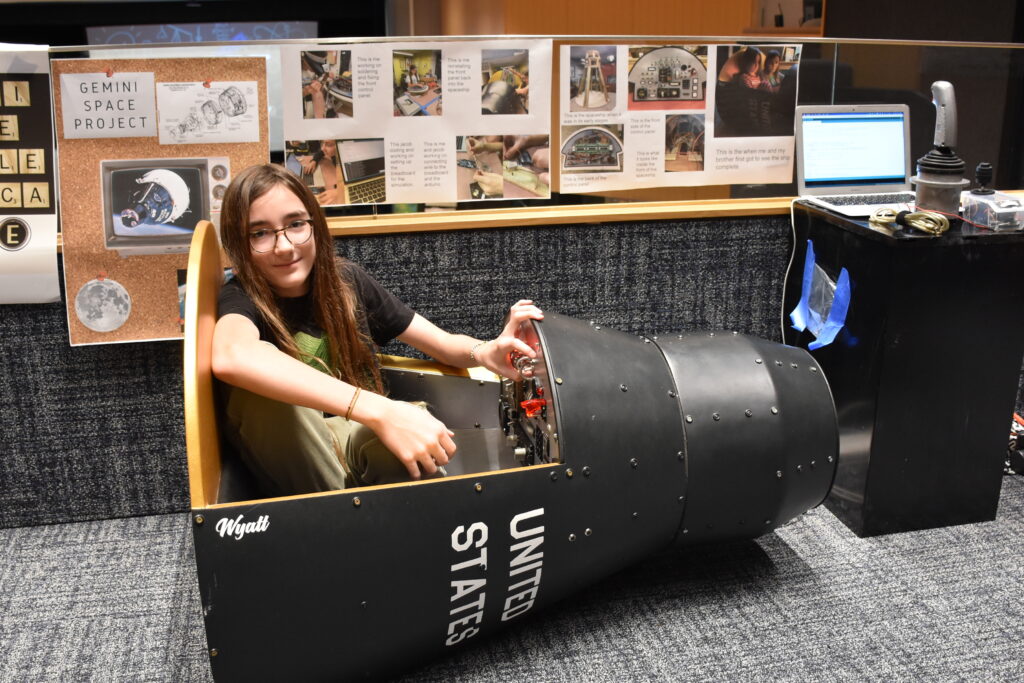
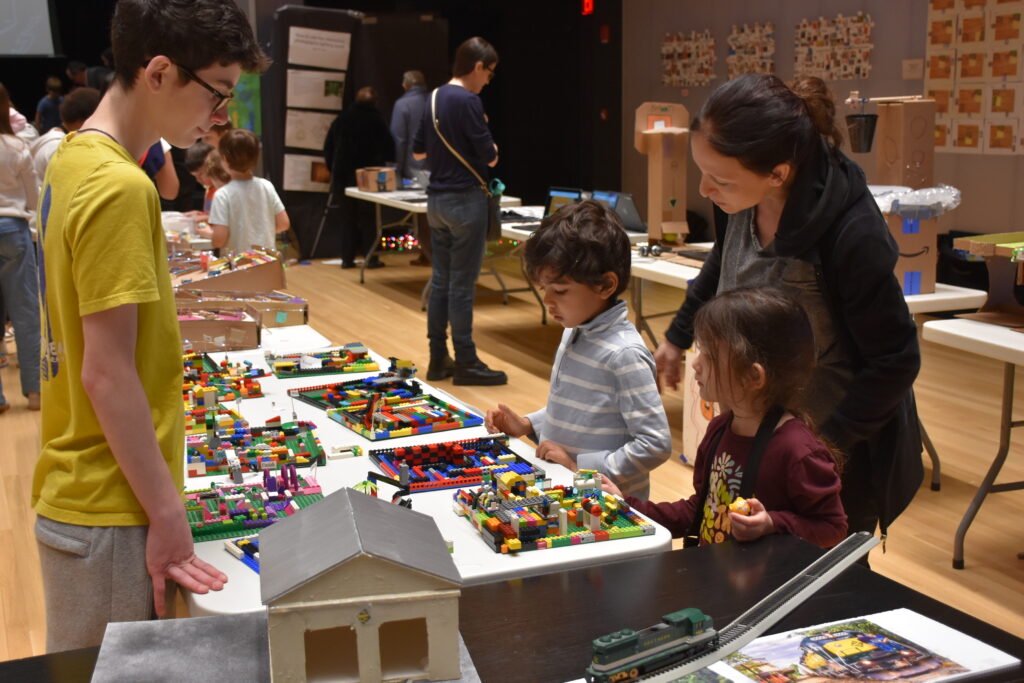
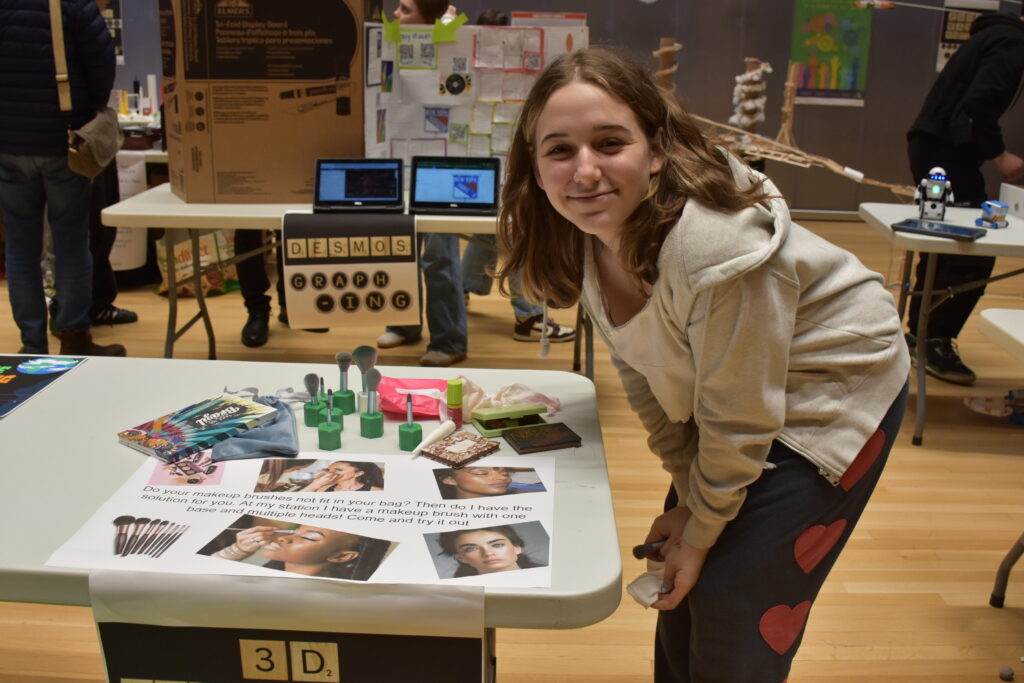
This is just a small glimpse into the work that one project took in preparation for the SMART Faire. The Faire features a mix of projects that merge art with technology, coding, and even physics. The students should be proud of their hard work and everything that they put into these projects over the past few months!
